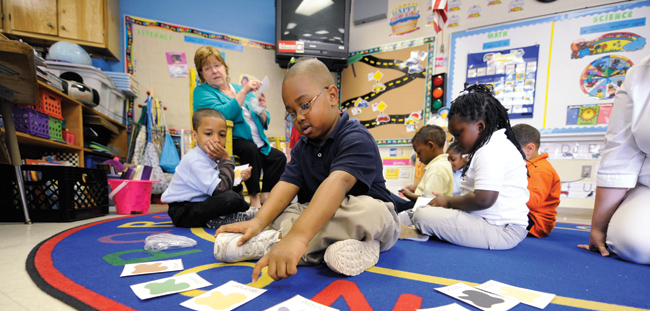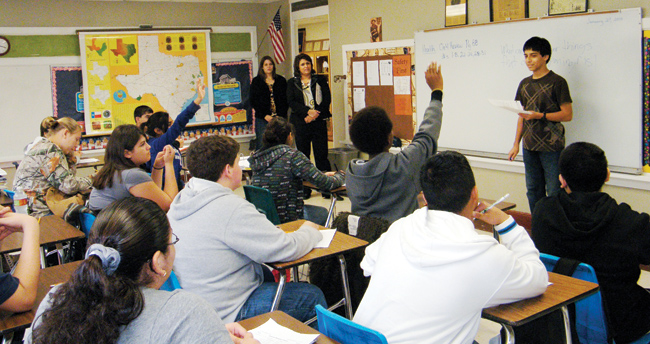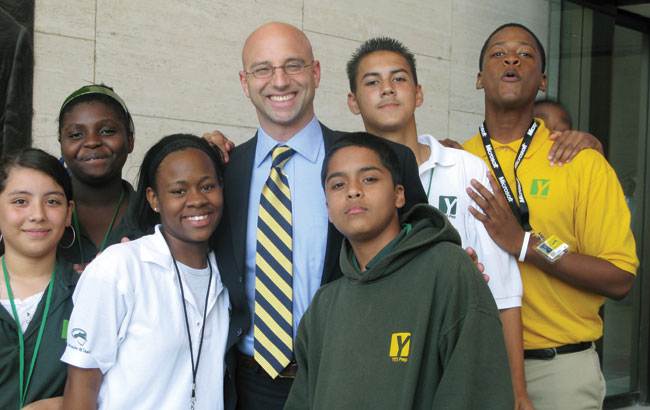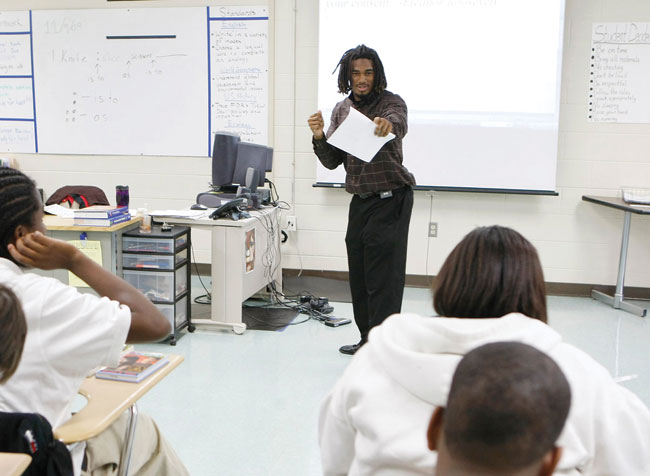
A World of Hurt
It’s a gray winter day at Ross Elementary, an inner-city school in East Nashville that serves a high percentage of children who qualify for the free and reduced-priced lunch program, and pre-K teacher Tish Smedley is overseeing the controlled chaos of her 4-year-old students as they prepare for rest period. A slender little boy dressed […]

Far Away, Distant Learning: The Rural Achievement Gap
Amid all the recent scrutiny of the achievement gap and its effect on urban minority and low-income students, another large subset of disadvantaged American students—those attending poor rural schools—have been largely overlooked and underexamined. More than one in five children in the U.S. live in rural areas, and of these, 20 percent are black or Hispanic.

Is the Answer YES?
Teacher Laureen Wimbley is walking around her classroom at YES Prep Southwest, giving her sixth-grade students instructions on how to complete their science lessons.On paper, this is a classroom that should be a recipe for disaster. Thirty-four Hispanic and black preteens are crammed together, seated shoulder-to-shoulder in a cramped modular building located in a low-income neighborhood in southwest Houston. As Wimbley energetically describes the assignment, the students bend forward intent on their work. There are no disruptions. No shouts or extraneous conversations. Only learning.

Jumping the Gap: Two Success Stories
The achievement gap in education is based on averages—average test scores, average family incomes, average performance based on race and ethnicity. On average, for example, black and Latino men are the lowest performing group on the down side of the achievement gap. Yet not all black and Latino males fall into that category. Some have defied the averages and risen above their circumstances to become successful. Jamie Graham and David Pérez are two such men.